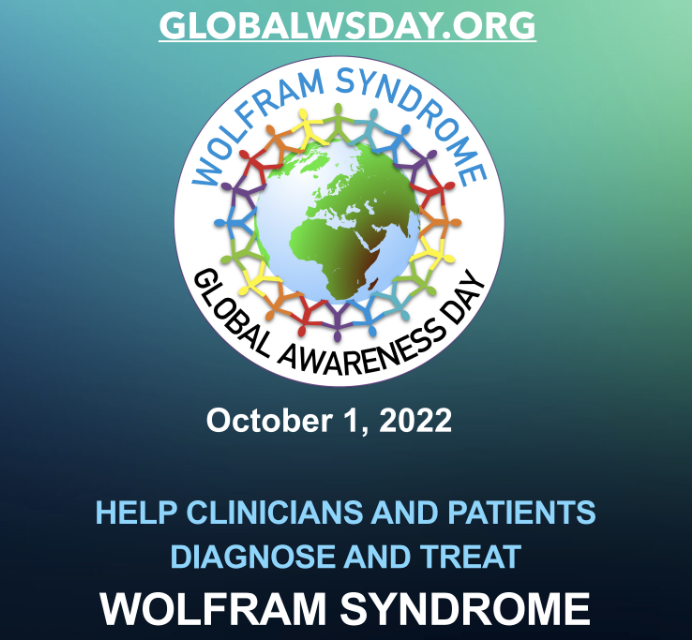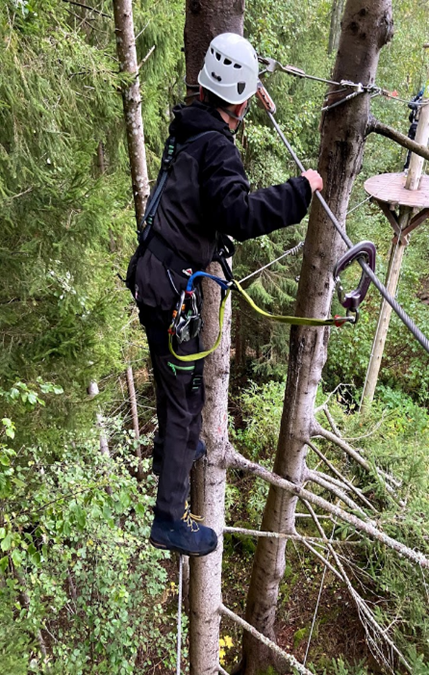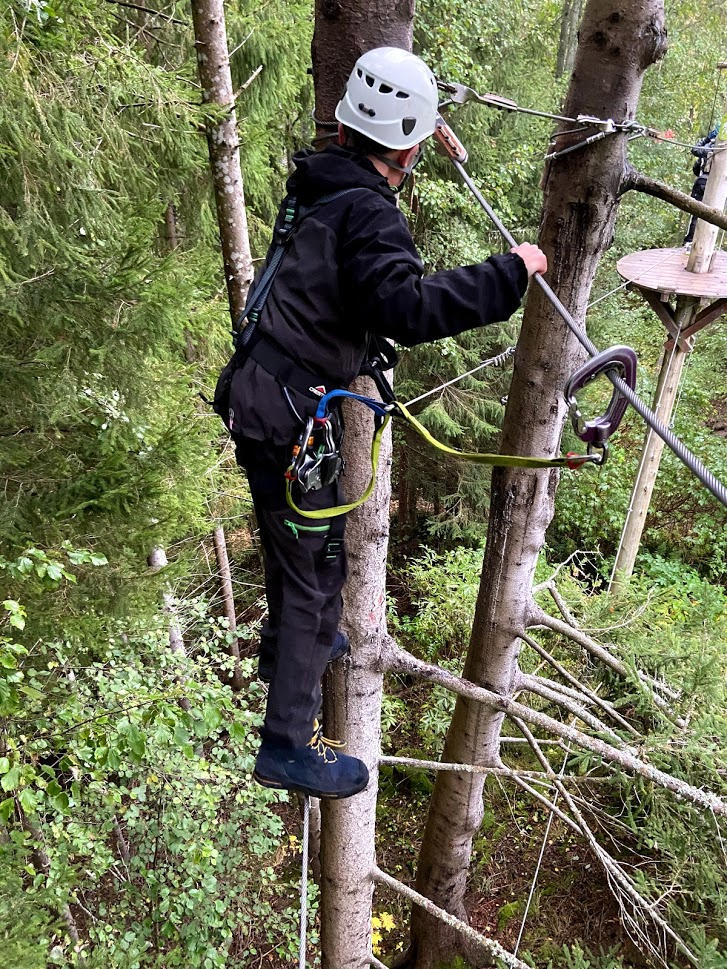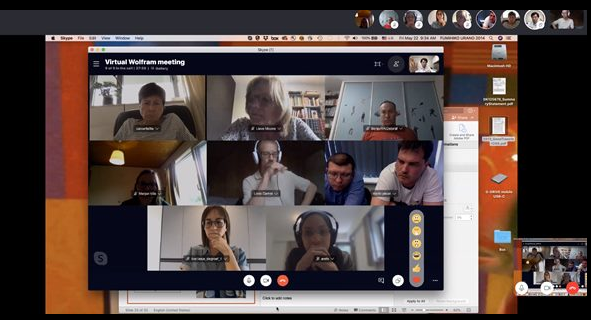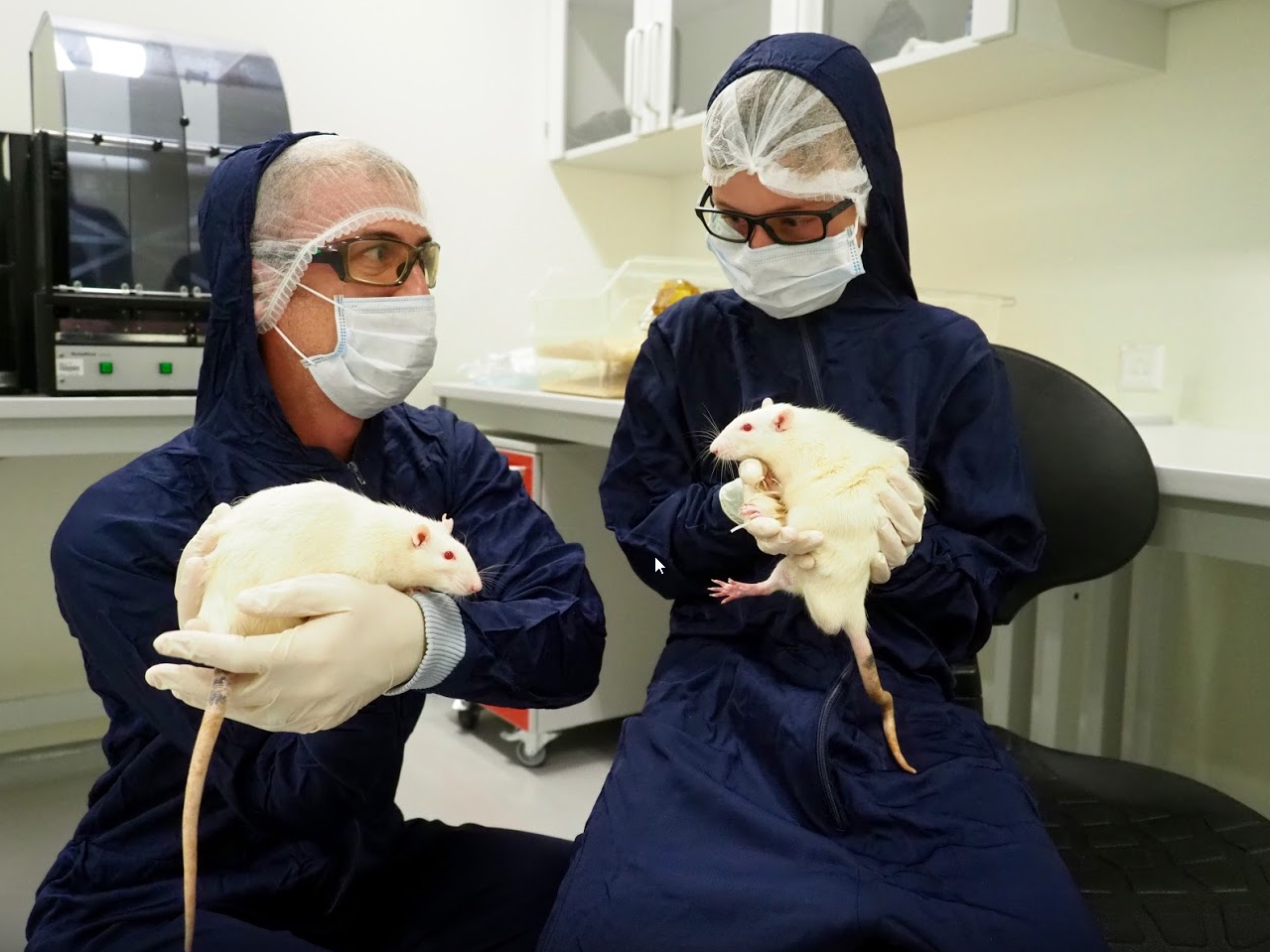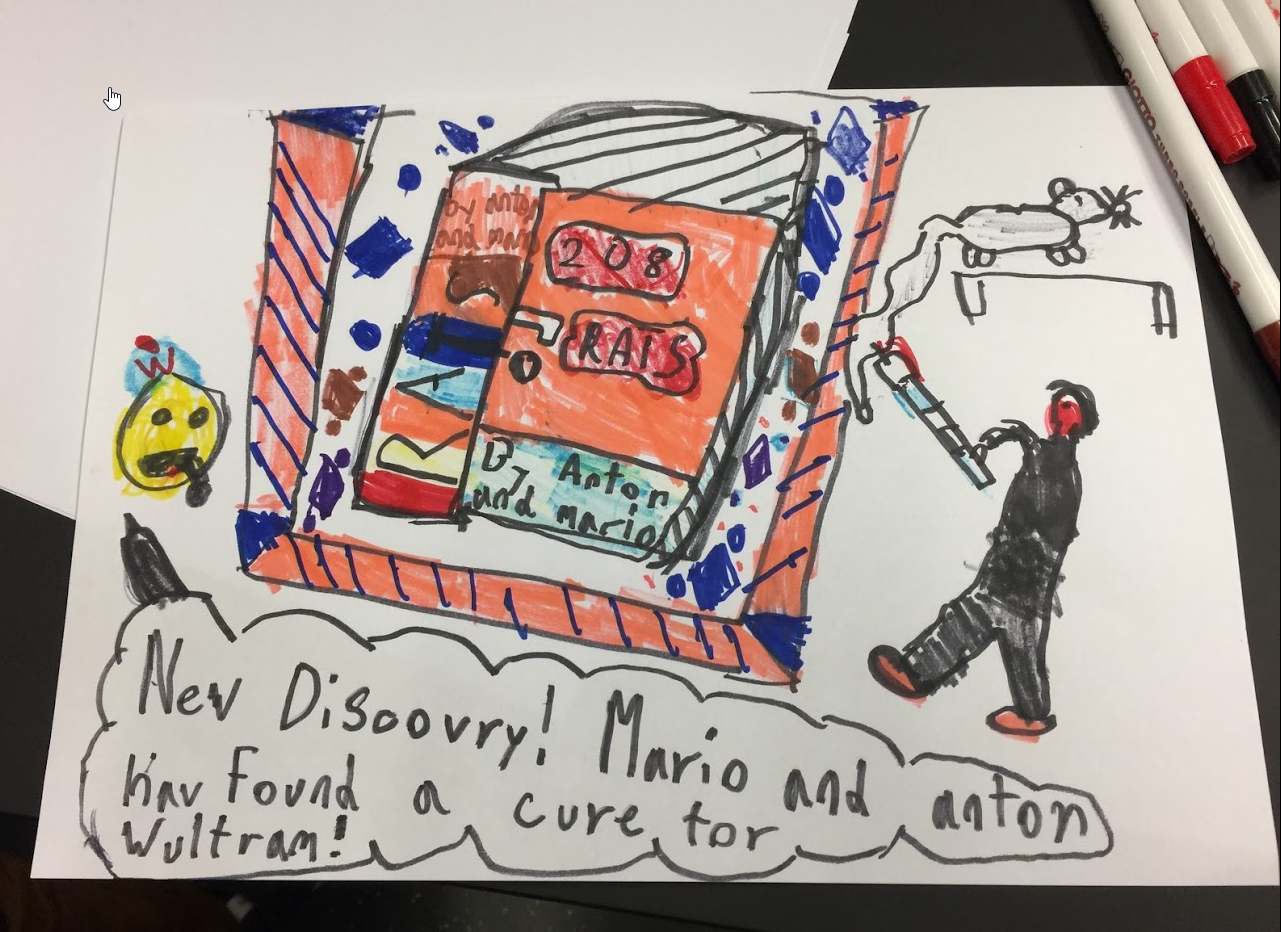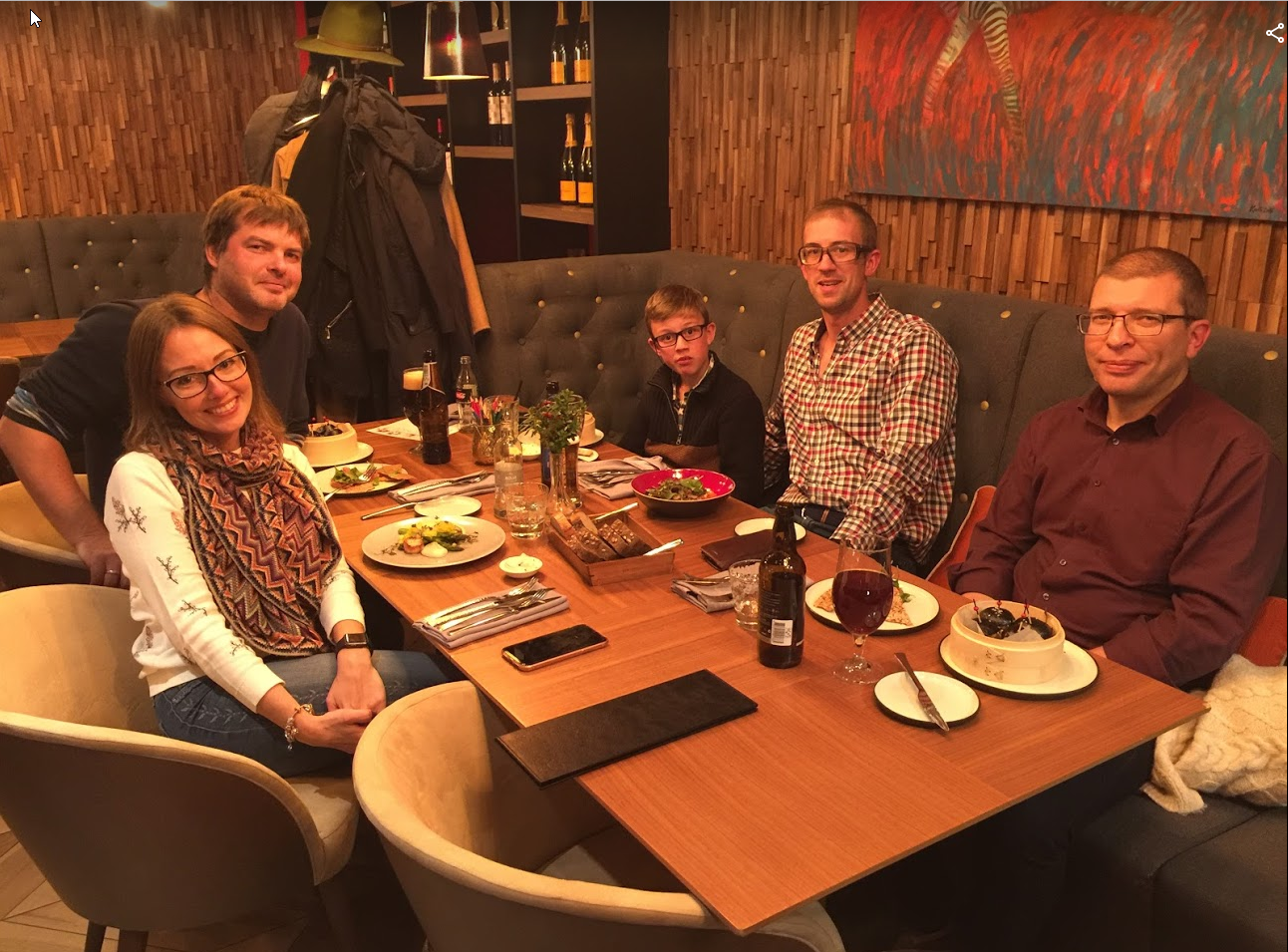Dear friends,
During our last letter, I reported on the increasing popularity of GLP1-agonist to treat Wolfram Syndrome in animal models. These results triggered me to arrange a workshop in Leuven during last week (19-20th of November) where our researchers from Belgium met with Dr. M. Plaas and Dr. A. Teresmaa for Estonia. The goal of the meeting was to align the different ongoing research projects on GLP1 agonist on mice, rat and human 😊. Prof. G. Bultynck and Prof. C. Verfaillie presented their projects and where introduced to our growing Wolfram research community (close to 15 people in Belgium only!).
Prior to the meeting, I asked Victor to draw a picture for the researchers. Below is what I call an artist impression of the research world, a mouse getting an injection with some medicines by the doctors… The drawing is also signed and dated, the original stayed behind at the labs!

The workshop concluded with a general impression that GLP1 agonists are probably the most promising drugs for Wolfram patients that are currently available. Mice and rats don’t develop diabetes if the GLP1 agonist treatment is started early enough. Furthermore, Victor has now had a significant number of days where he has been insulin and pump-free like he had no diabetes. Of course, we still need to monitor the food and it doesn’t allow for “un-healthy” kind of lifestyle. However, we are short of words to describe how it feels after 4 years with meal-to-meal management of carbohydrates and insulin. We can only wish that this will continue for ever, but that probably asking too much. As a side-effect we rather must fight against vomiting and hypoglycaemic events, although those have been diminishing during the last weeks. I am happy to discuss our findings with other potential parents of WFS1 children, don’t hesitate to contact me on lode.carnel at gmail.com.
Besides diabetes, the community is still hopeful for the neuroprotective effects of GLP1 agonists that could delay the vision and brain related issues.
Since Victor is the first kid with Wolfram Syndrome that is on the drugs, the result also impressed the researchers. Dr. M. Plaas described Victor as his hero when he found out what his animal-based research has led to. The initial results from Victor seem to go beyond what the researchers thought was possible.
I am happy that I took the risk of putting my son on this medication. I hope that this short time optimism will translate into long term rewards as well.
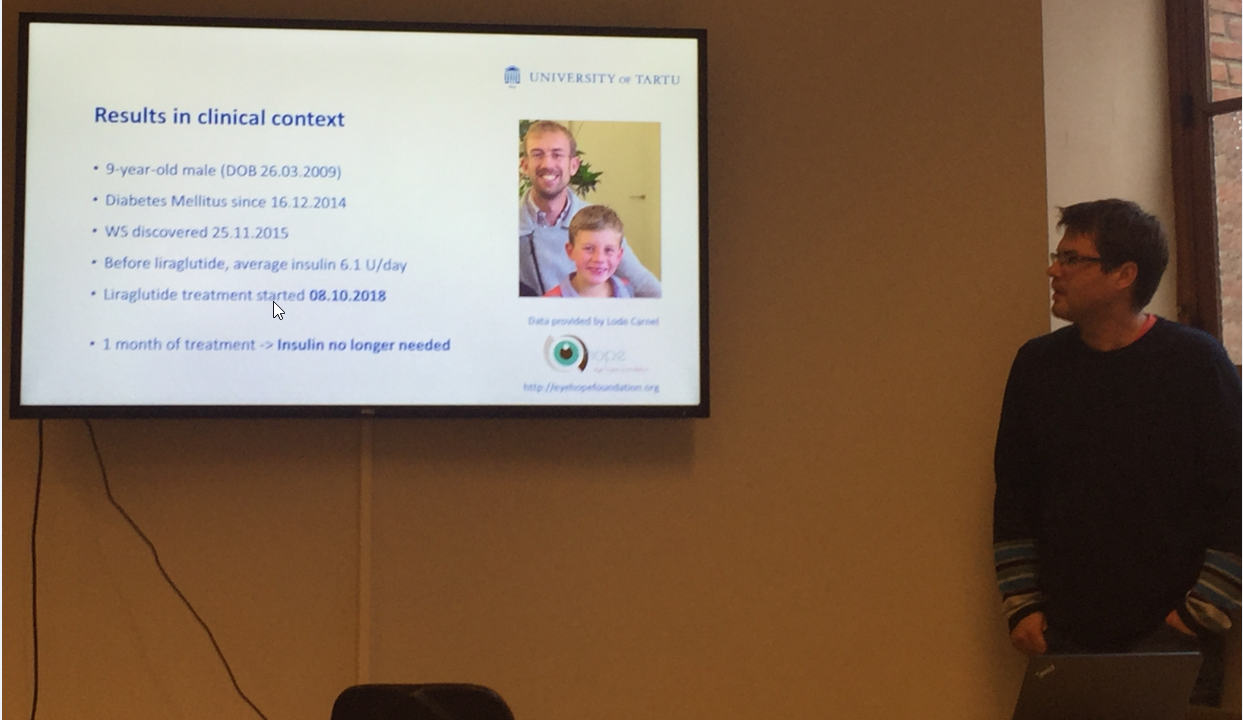
After my 38 years on this planet, I am however very down-to-earth, and I realise that Wolfram patients will need more than a pharmaceutical treatment. The best result I am willing to accept is a status-quo due to medication. Therefore, it was interesting to meet with Prof. Bultynck who will analyse wolfram syndrome on a molecular level. This will be the basis on which we will find better and more targeted molecules in the future (https://gbiomed.kuleuven.be/english/research/50000618/50753344).
Finally, we met Prof. Verfaillie her team consisting of four persons: Catherine, Arefe (principal researcher), Kirsten and Thomas. All of them or working on a CRISPR CAS9 gene therapy technology suited for Wolfram Syndrome. While this project carries probably the highest risk and the longest timeline, it also has the highest potential and hence should be started now. It has the potential to cure the genetic defect on a cell level. Initial results are exciting, and we need to investigate how we can fund this project going forward. It carries also a potential for several other rare diseases!
With this I hope I gave you some insight into our research and I want to thank all the researchers that contributed to this event. Thanks Mariana, Evy, Lies, Geert, Tim, Lode, Lieve, Mario, Anton, Catherine, Arefe, Kirsten and Thomas! Keep up the good work, going from research to having Victor on a medication in 1,5 years must be close to record-breaking! It proves that Eye Hope Foundation is making a difference already now.
I hope to reflect at the end of next year with the same satisfaction about our projects as has been the case this year.
Therefore, I also want to wish all readers and contributors to Eye Hope Foundation a happy end of the year and the best wishes for 2019! Go and spread the Eye Hope Foundation word!
With best regards,
Lode
Eye Hope Foundation – Christmas 2018 update

